Table of Contents
Toggle15 Benefits of ERP for Businesses in 2025
In today’s hyper-competitive environment, businesses are under constant pressure to operate faster, smarter, and more efficiently. By 2025, enterprise technology is no longer a luxury—it is the foundation for survival and growth. Among these technologies, Enterprise Resource Planning (ERP) systems stand out as one of the most transformative investments a company can make.
ERP systems have evolved dramatically over the past decade. Once considered monolithic back-office tools, they are now cloud-native, AI-driven, and analytics-powered platforms that unify every corner of the organization. From finance and supply chain to sales, HR, and customer experience, ERP integrates it all.
The following sections explore 15 tangible benefits of ERP for businesses in 2025, highlighting why modern organizations—large and small—cannot afford to operate without one.
1. Unified Business Operations
The primary value of ERP remains integration. In 2025, ERP platforms offer seamless connectivity across finance, supply chain, HR, sales, and customer service.
Instead of juggling multiple systems, businesses work from a single source of truth.
This reduces duplication of data, minimizes human errors, and allows decision-makers to have real-time visibility.
For example, when a sales order is entered, it instantly updates inventory, triggers procurement if needed, and forecasts cash flow implications—all automatically.
In essence, ERP eliminates silos, making the business operate as one synchronized organism.
2. Real-Time Data and Advanced Analytics
ERP systems in 2025 go beyond storing data; they transform it into actionable insights.
Modern ERP tools leverage artificial intelligence, machine learning, and predictive analytics.
Business leaders no longer rely on monthly reports—they get live dashboards with KPIs, trend forecasts, and anomaly detection.
For example, supply chain teams can anticipate disruptions based on global shipping data, while finance teams can predict liquidity gaps before they occur.
This data-first approach turns ERP into a decision-making powerhouse rather than just an operational tool.
3. Enhanced Customer Experience
A surprising yet critical benefit of ERP is how it impacts the end customer.
Integrated CRM modules allow companies to provide personalized offers and better after-sales support.
Customer service agents see the entire customer journey—from purchase history to payment behavior—within one system.
Automated workflows speed up response times, increasing satisfaction and loyalty.
In short, ERP enables businesses to know their customers better and serve them faster.
4. Scalability for Growth
By 2025, scalability has become a defining requirement for technology.
ERP platforms—especially cloud-native ones—scale effortlessly as businesses expand into new markets, product lines, or geographies.
No need to rebuild processes or purchase entirely new systems.
Companies can simply add users, activate new modules, or integrate third-party tools as they grow.
This agility ensures ERP remains a long-term partner, not a temporary solution.
5. Regulatory Compliance and Risk Management
Compliance is more complex than ever—whether it’s GDPR, tax reporting, labor laws, or industry-specific regulations.
ERP systems in 2025 come with built-in compliance frameworks.
Automated audit trails, e-signatures, and encryption safeguard data integrity.
Real-time alerts notify managers of compliance breaches, reducing the risk of costly fines or reputational damage.
ERP becomes a shield against compliance risks while making reporting far simpler.
6. AI-Driven Automation
Routine tasks that once drained human resources are now fully automated.
ERP platforms handle invoice matching, payroll processing, purchase orders, and inventory tracking with minimal human input.
AI chatbots answer HR queries, while robotic process automation (RPA) streamlines repetitive back-office tasks.
Employees are freed to focus on strategic, creative, and customer-facing work.
This shift isn’t just about saving time—it’s about unlocking human potential.
7. Cost Savings and Efficiency Gains
While ERP systems require an upfront investment, their ROI in 2025 is undeniable.
By eliminating redundant systems, cutting manual work, and optimizing processes, ERP drives significant cost savings.
For example, companies reduce stockouts and overstock through better demand forecasting, cutting waste in the supply chain.
Automated financial reconciliation slashes the hours finance teams spend on closing books.
ERP pays for itself by making operations leaner, faster, and smarter.
8. Cloud Accessibility and Remote Work Enablement
The pandemic permanently shifted work habits, and ERP has adapted.
Cloud-based ERP allows employees to access business-critical data from anywhere, anytime.
Whether working from home, on-site, or traveling, teams collaborate seamlessly.
Security features like multi-factor authentication and zero-trust architecture keep data safe.
For global businesses, this flexibility is no longer optional—it is mission-critical.
9. Improved Supply Chain Visibility
Disruptions in global supply chains have made visibility non-negotiable.
ERP provides end-to-end transparency, from raw material sourcing to final delivery.
Businesses track shipments in real-time, identify bottlenecks, and reroute proactively.
Predictive analytics forecast demand surges, ensuring optimal stock levels.
ERP transforms supply chains from reactive to proactive systems, a competitive edge in volatile markets.
10. Sustainability and ESG Reporting
Sustainability is no longer just a CSR initiative—it is a strategic priority.
ERP systems track carbon footprints, resource usage, and waste levels across operations.
Companies can generate Environmental, Social, and Governance (ESG) reports with accuracy and transparency.
Customers and investors increasingly demand this data, and ERP makes compliance simple.
This enables businesses to grow responsibly while maintaining trust with stakeholders.
11. Human Capital Management (HCM)
ERP isn’t just about numbers and inventory—it’s also about people.
Integrated HR modules manage recruitment, onboarding, payroll, performance reviews, and training.
AI-driven tools identify skill gaps and recommend personalized learning paths.
Employees gain access to self-service portals, reducing HR’s administrative burden.
By 2025, ERP supports not only operations but also workforce development.
12. Collaboration and Communication
ERP fosters collaboration beyond traditional boundaries.
Cross-departmental teams work from the same platform, ensuring everyone speaks the same data language.
Cloud-based communication tools integrate with ERP, reducing email overload.
Teams across regions and time zones collaborate on shared dashboards, workflows, and KPIs.
The result? A connected organization where collaboration drives innovation.
13. Competitive Advantage Through Innovation
With ERP’s real-time data and automation, companies can innovate faster.
Product development teams use ERP insights to identify market gaps and accelerate launches.
Finance teams can test multiple “what-if” scenarios before committing to investments.
Supply chain teams can model disruptions and build resilience strategies.
ERP gives companies a first-mover advantage, enabling them to outpace competitors.
14. Customization and Industry-Specific Solutions
ERP platforms are no longer “one-size-fits-all.”
Vendors now provide industry-specific modules—from healthcare compliance to retail demand forecasting.
Businesses can also customize workflows, dashboards, and integrations without heavy coding.
Low-code/no-code tools make ERP more accessible for non-technical users.
This flexibility ensures ERP adapts to the business, not the other way around.
15. Future-Proofing with Emerging Tech
ERP is not static—it evolves with technology trends.
By 2025, leading ERP systems integrate with IoT sensors, blockchain, and AI copilots.
IoT data streams from factories or warehouses feed directly into ERP for predictive maintenance.
Blockchain ensures transparent, tamper-proof supply chain records.
AI copilots guide employees through complex tasks in natural language.
This future-proof design ensures businesses remain ready for what’s next.
Conclusion: ERP as the Digital Core of 2025
In 2025, ERP is no longer just a back-office tool—it is the digital core of business operations. It unites teams, empowers decision-making, reduces risks, and fuels growth. Whether through automation, analytics, or sustainability, ERP delivers far more than operational efficiency: it provides the strategic foundation for success in a digital-first economy.
For businesses looking to scale, innovate, and compete, ERP is not a question of if but how soon.
At Trax Group, we help organizations unlock the full potential of ERP—guiding them through selection, implementation, and optimization. Because in 2025, the companies that win will be those who operate with intelligence, agility, and unity—and ERP is the key to achieving all three.
F.A.Qs
Frequently asked questions
ERP (Enterprise Resource Planning) is a software system that integrates all major business functions—such as finance, supply chain, HR, sales, and customer service—into one unified platform. It helps businesses operate more efficiently and make better decisions using real-time data.
In 2025, markets are faster, more global, and more digital than ever. ERP provides the automation, analytics, and integration companies need to stay competitive, reduce costs, and respond quickly to customer demands.
ERP reduces costs by:
- Eliminating duplicate software systems.
- Automating manual tasks like payroll and invoicing.
- Optimizing inventory and supply chain management.
- Reducing compliance penalties through built-in regulatory checks.
Not anymore. Cloud-based ERP solutions have made ERP accessible for small and medium-sized businesses (SMBs). Companies can scale ERP to fit their needs, starting small and expanding as they grow.
Modern ERP systems integrate with AI, machine learning, blockchain, IoT (Internet of Things), and predictive analytics. This makes ERP not just an operational system but also a strategic tool for innovation.
Other Questions
General questions
ERP systems connect customer data with operations, ensuring faster responses, personalized services, and more accurate order fulfillment. Customers benefit from greater transparency and reliability.
Implementation time varies by business size and complexity:
- Small businesses: a few months.
Large enterprises: 6–18 months.
With cloud ERP and pre-configured industry modules, the process in 2025 is much faster than before.
ROI comes from cost savings, efficiency gains, improved decision-making, and higher customer satisfaction. On average, businesses see payback within 2–3 years of implementing ERP.
Cloud-based ERP in 2025 is built with zero-trust security, encryption, and multi-factor authentication. Many systems also offer AI-driven fraud detection and compliance monitoring, making them safer than fragmented legacy systems.
Signs you need ERP include:
- Managing too many separate software systems.
- Difficulty accessing real-time data.
- Rising operational costs and inefficiencies.
Struggles with compliance and reporting.
If these challenges sound familiar, it’s time to consider ERP.


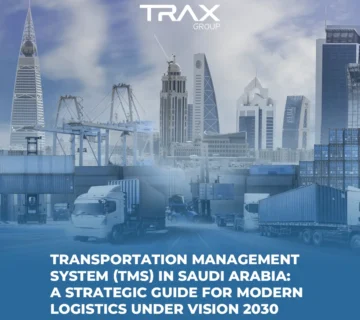
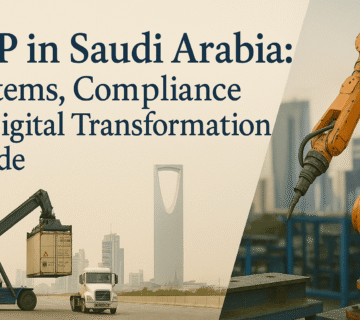
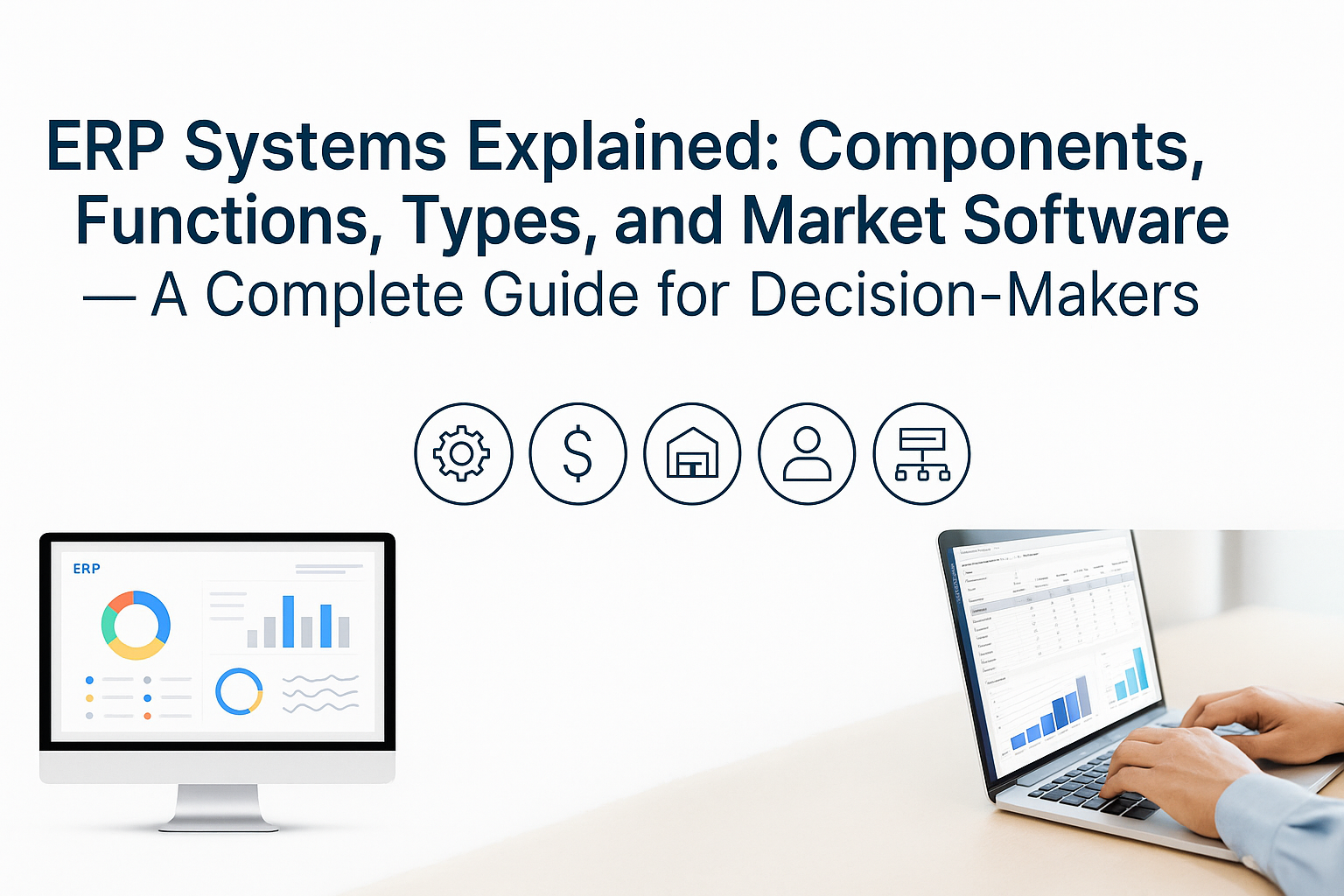
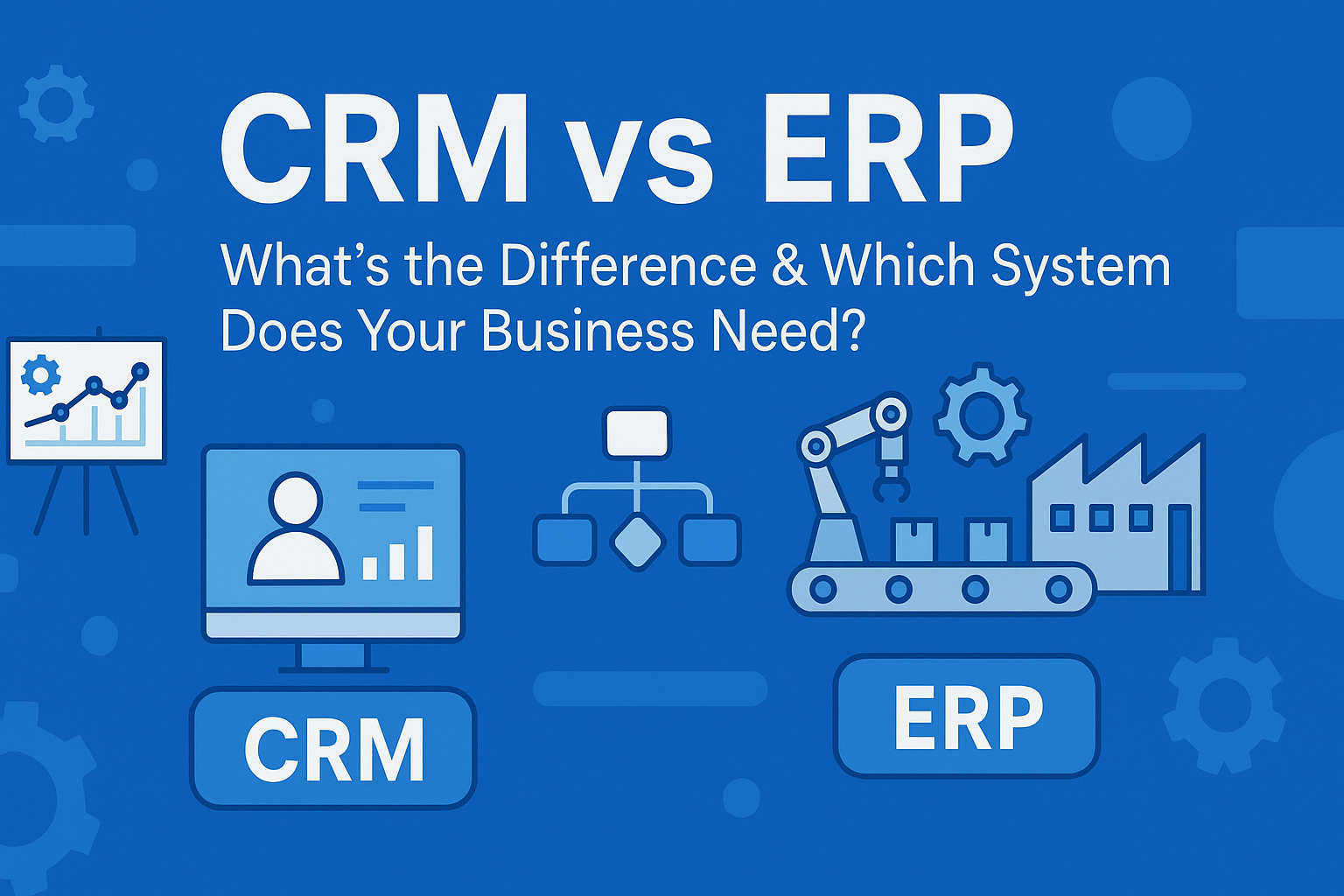
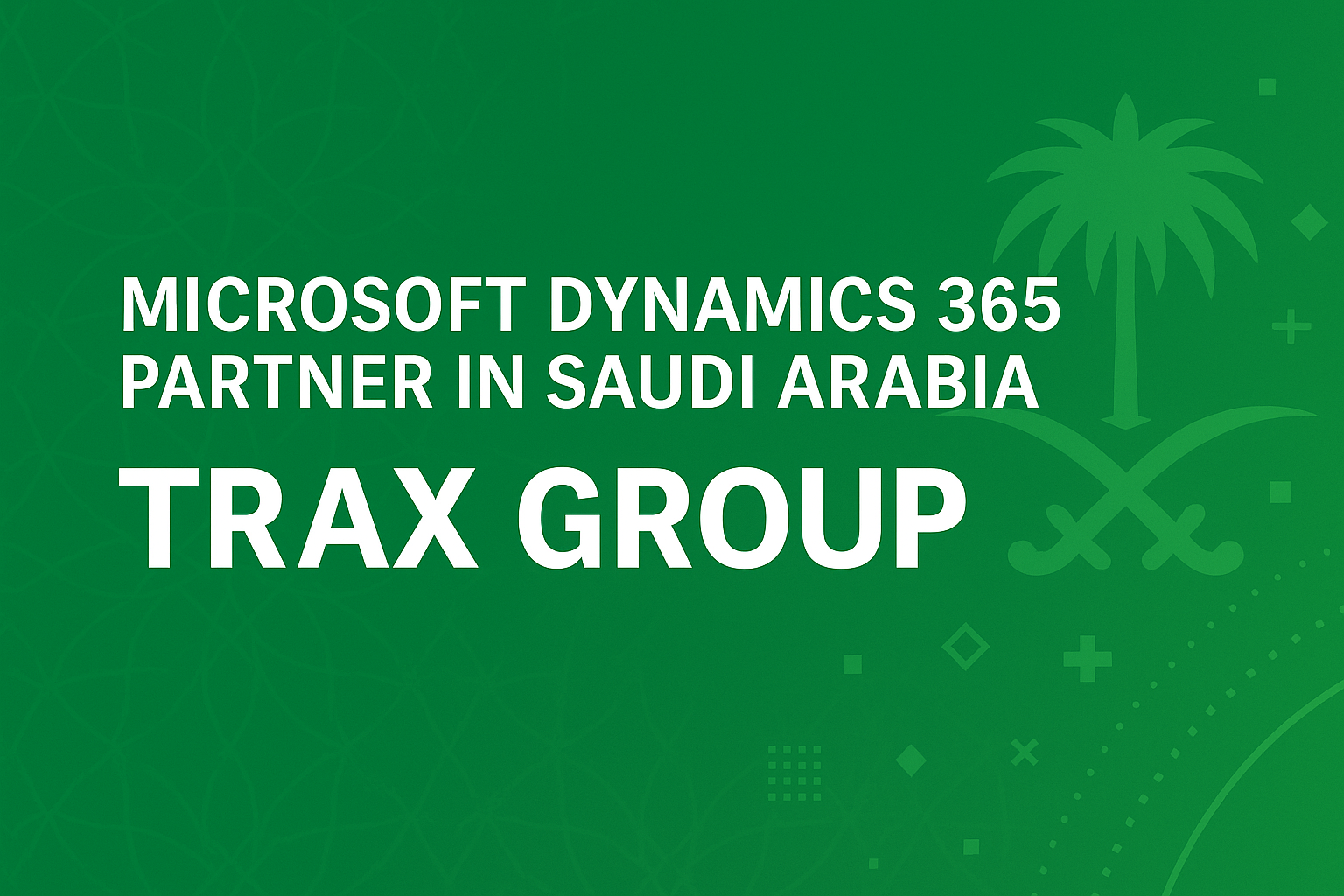
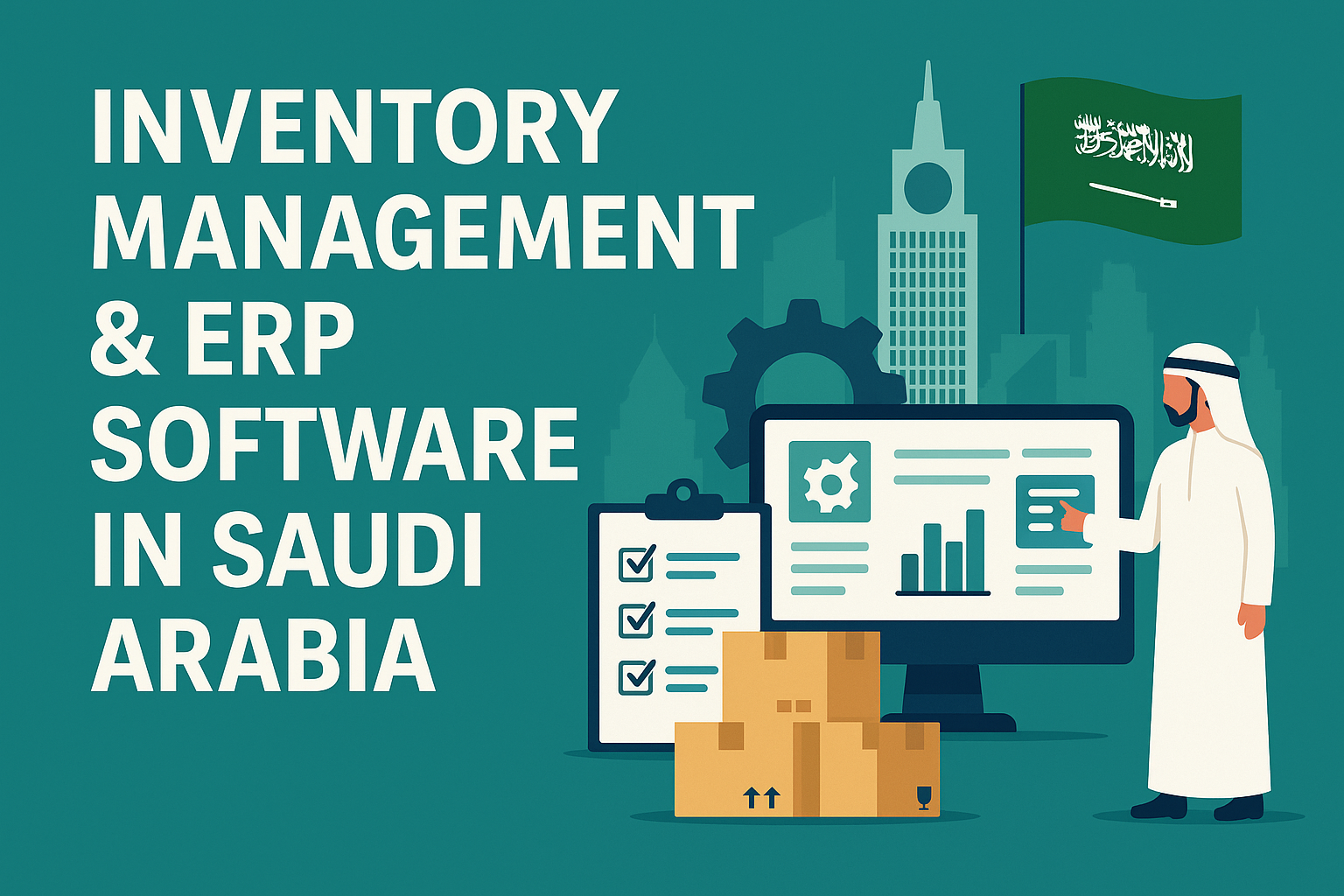
No comment